Sable Island: Flora and fauna of a remote sandbar
A look at some of the other creatures and critters on Sable Island
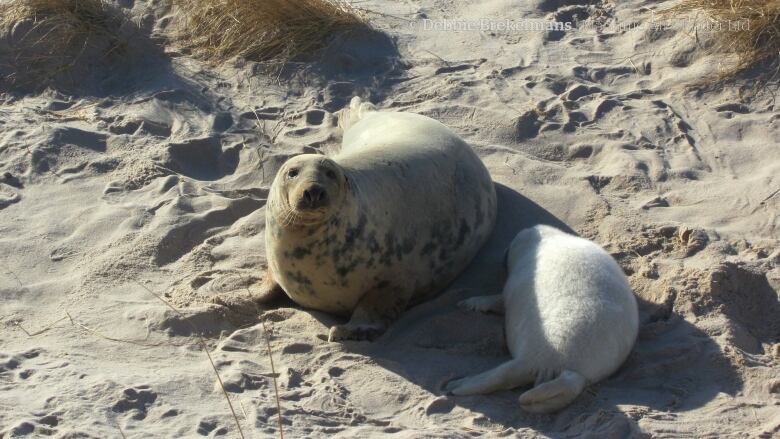
When most people think of Sable Island, those majestic and mysterious horses come to mind first.
But the crescent-shaped sandbar is home to hundreds of other unique flora and fauna some of which can only be found on Sable.
"Sable Island is that last little vestige of what was once a vast area of emergent land and that's what I think of when I think of Sable Island," said Chris Majka, a zoologist and ecologist.
"From the standpoint of a zoologist, that's one of the reasons it's an exciting place. It harbours a series of relic species that are there that have otherwise disappeared."
Ipswich sparrow

The Ipswich sparrow is native to Sable Island and is a subspecies of the Savannah sparrow, which is one of the most widely distributed birds in North America.
"It's classified as a subspecies now but I firmly believe that a bit more research, biochemical research, will show that it's a distinct species," said Bill Freedman, a biology professor at Dalhousie University.
"It's a bit larger than the usual Savannah sparrows and it's a bit paler in colouration and the only place in the world that it breeds is on Sable Island."
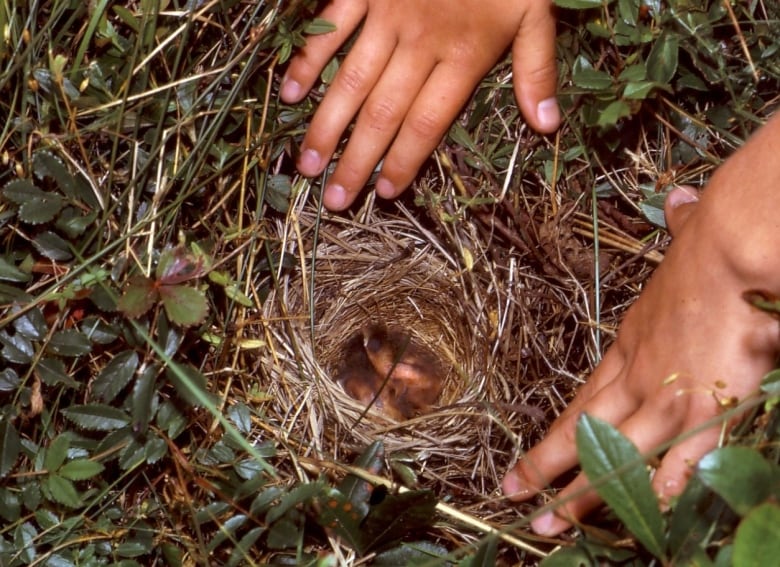
While the evolutionary history of the Ipswich sparrow isn't known, scientists believe they travelled to Sable Island during the last glacial period when the sea level was lower and the sparrows could colonize the island without flying over huge expanses of sea water.
The Ipswich sparrow is one of 16 bird species that have been confirmed to breed on Sable Island during the spring and summer months.
Ephalus latimanus
The Ephalus latimanus is a type of darkling beetle that, in Canada, can only be found on Sable Island.
It's also flightless so it's a bit of a mystery how the beetle got to Sable.
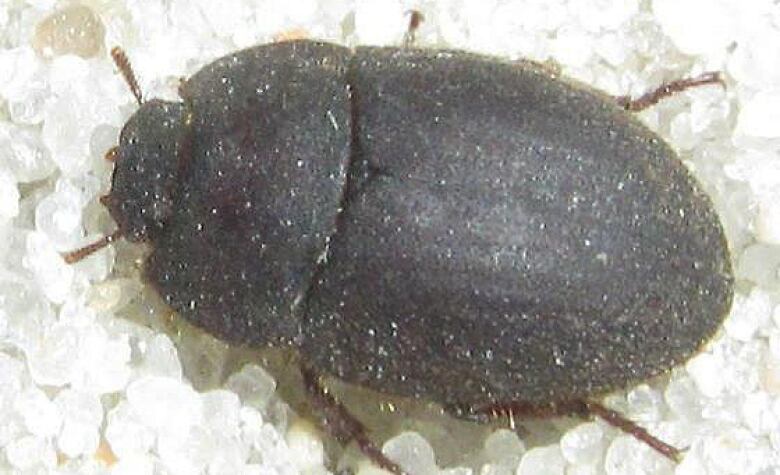
"We know clearly that it did not wing its way out there. In fact, I think that it has been there since 15,000 or 20,000 years or so ago when things spread up along that coastal plain and then as its habitat flooded, it disappeared from everywhere else except for Sable Island," said Majka.
"It is otherwise a coastal species in the United States that makes its way up to Cape Cod and extreme southern Maine and then it disappears."
Majka said he knows of six invertebrates that are endemic to Sable Island, among the 600 species of terrestrial and aquatic invertebrates that inhabit the island.
While most people might not think of the beetles, moths, snails and sponges on Sable Island, he points out the invertebrates make up the largest part of the islands biodiversity.
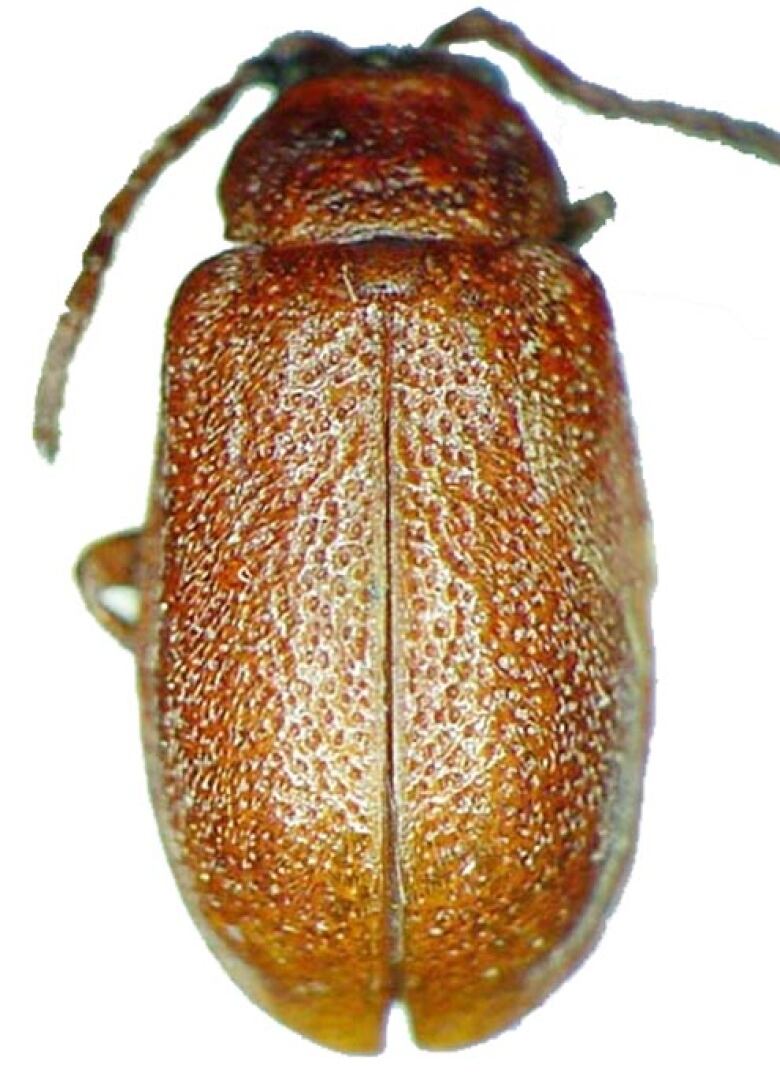
"There's quite a large number of things out there and some of them are, in fact, unique and fascinating animals from the standpoint of the history of Sable Island and the unique biodiversity that it harbours," Majka said.
"It's like a giant ship thats been anchored for 20,000 years off the coast of Nova Scotia. So it does allow us opportunities for very fascinating research that can tell us a lot about undisturbed habitats."
Grey seal
Sable Island is the largest breeding ground in Canada for grey seals, where more than 50,000 pups are born each year between late December and early February.
Freedman said 60 or 70 years ago, grey seals were not particularly abundant possibly only numbering in the low thousands or even hundreds on this side of the Atlantic Ocean.

"They started to breed in Sable Island and now there are well over 400,000 of them in the northwest Atlantic," he said.
"They're a species that's kind of a winner in the last century in that they've managed to increase hugely in abundance and Sable Island is the most important breeding location not just in the northwest Atlantic, but globally."
During the breeding season, grey seals can be found all over the island both on the beaches and inland habitats. For the rest of the year, they generally haul out on the beaches in large groups, particularly during the annual moult in May and June.
There is also a small population of harbour seals, but their population has decreased in recent years.
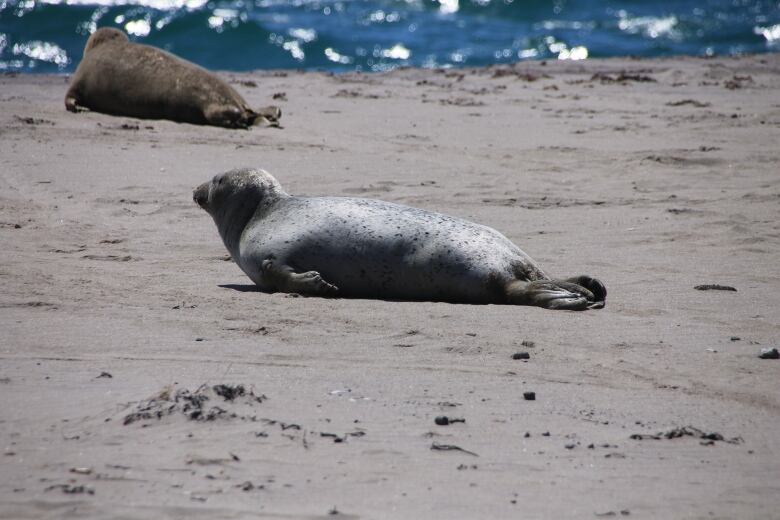
"The reason for that isn't exactly known. It may be due to predation by sharks in the place or during their passage from locations closer to the mainland to the island," said Freedman.
"It could be that there are just too many grey seals now that they're providing too much competition for the harbour seals to do well there."
Marram grass
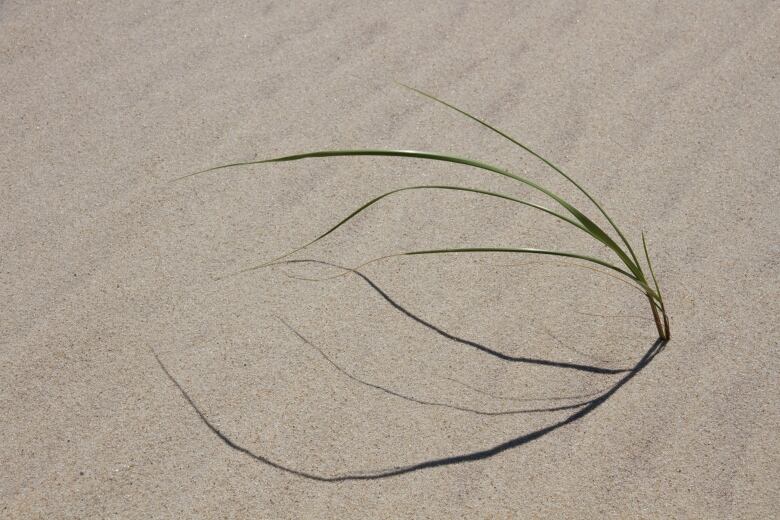
Marram grass is a kind of grass that grows on sand dunes and acts as a stabilizing force.
Martin Willison, a conservation biologist and the president of the Nova Scotia chapter of the Canadian Parks and Wilderness Society, said marram grass is a keystone species, meaning it's a species upon which all other Sable Island life forms depend on for survival.
"If it weren't for the stabilizing effect of this grass, the island absolutely would not exist. It would have blown away for sure," he said.
"One of the things about this whole ecosystem is that it is absolutely dependant on the existence on this one particular species of grass."
Willison said grass is taken for granted and people don't think of it as important from a conservation point of view.
"It's very easy for people to see the horses as being really important 'This is what this island is about' but actually it's about the grass," he said.
"If it weren't for that grass, we wouldn't have any of those things that are currently on the island. So it's a modest kind of a creature but it's really important."
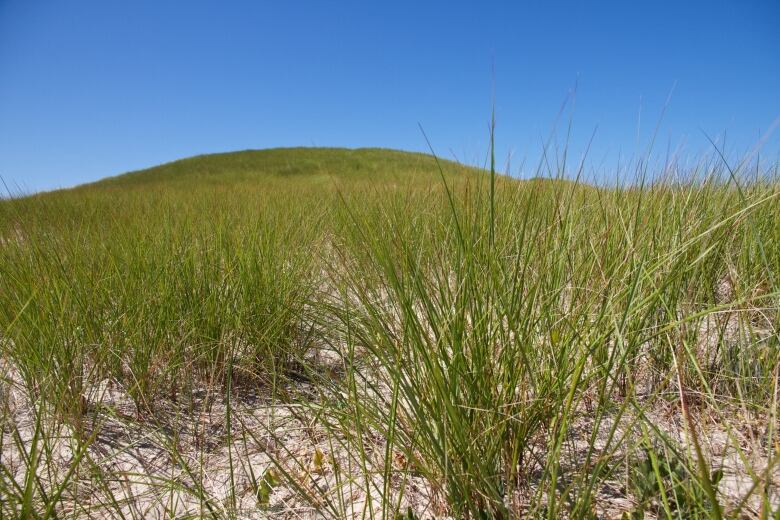












_(720p).jpg)


 OFFICIAL HD MUSIC VIDEO.jpg)
.jpg)



























































































